Patterns of Speculation: A Study in Observational Econophysics
$24.49
| Author(s) | |
|---|---|
| Pages |
246 |
| Format |
|
| Publication Year |
2002 |
Patterns of Speculation: A Study in Observational Econophysics by Bertrand M. Roehner is a groundbreaking exploration of financial markets through the lens of physics and empirical observation. Rather than relying solely on traditional economic theory, Roehner applies methods from physics—particularly the study of patterns, regularities, and statistical behavior—to uncover the underlying dynamics that govern speculation in financial systems.
The book challenges conventional views by presenting speculation not as random or purely psychological behavior but as a process that exhibits measurable, recurring structures. Using case studies from historical and contemporary markets, Roehner demonstrates how speculative bubbles, crashes, and price oscillations follow recognizable patterns akin to physical phenomena. His interdisciplinary approach opens the door for traders, economists, and researchers to analyze markets with greater precision and scientific rigor.
One of the central themes is the identification of universal behaviors across different speculative episodes. Whether examining stock markets, real estate, or commodities, Roehner shows that similar dynamics recur, suggesting that speculation is governed by rules broader than traditional finance acknowledges. By framing speculation within the context of observational econophysics, the author bridges the gap between financial economics and the natural sciences.
The book is rich in empirical data and charts, carefully documenting how markets move during periods of exuberance and contraction. Roehner also emphasizes the role of collective behavior and social contagion, illustrating how the actions of individual investors aggregate into large-scale phenomena. This perspective allows readers to view speculation not just as isolated decisions but as interconnected dynamics that can be studied systematically.
More than just academic theory, Roehner’s work provides practical implications. By recognizing recurring speculative patterns, traders and analysts can better anticipate the development of bubbles, the timing of corrections, and the systemic risks embedded within markets. The book thus serves as both a scientific inquiry and a practical resource for navigating uncertain financial environments.
Patterns of Speculation is a unique contribution that will appeal to financial professionals, physicists exploring economics, and anyone interested in the structural mechanics of markets. It equips readers with a new framework to interpret market phenomena, transforming speculation from an unpredictable mystery into a field of study governed by observable patterns.
Contents:
- WHY ECONOPHYSICS?
- THE BEGINNINGS OF ECONOPHYSICS
- SOCIAL MAN VERSUS HOMO ECONOMICUS
- ORGANIZATION OF SPECULATIVE MARKETS
- COLLECTIVE BEHAVIOR OF INVESTORS
- SPECULATIVE PEAKS: STATISTICAL REGULARITIES
- TWO CLASSES OF SPECULATIVE PEAKS
- DYNAMICS OF SPECULATIVE PEAKS: THEORETICAL FRAMEWORK
- THEORETICAL FRAMEWORK: IMPLICATIONS
Patterns of Speculation: A Study in Observational Econophysics By Bertrand M. Roehner pdf
3 reviews for Patterns of Speculation: A Study in Observational Econophysics
Clear filtersOnly logged in customers who have purchased this product may leave a review.

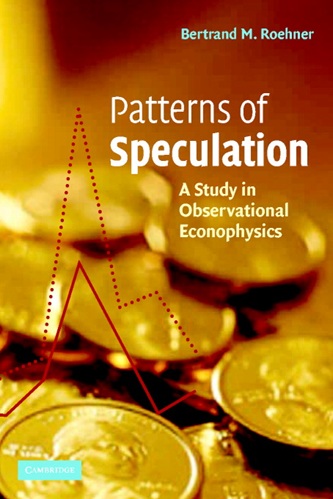
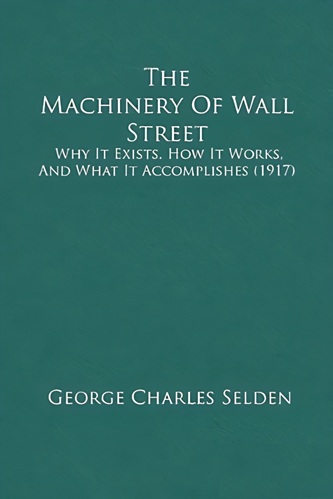
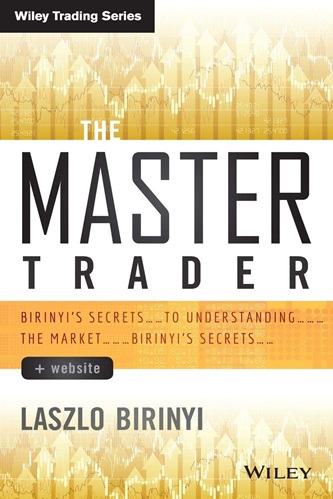
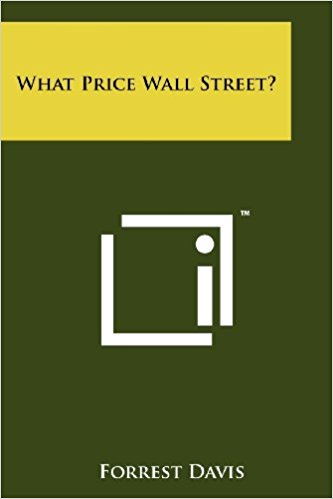


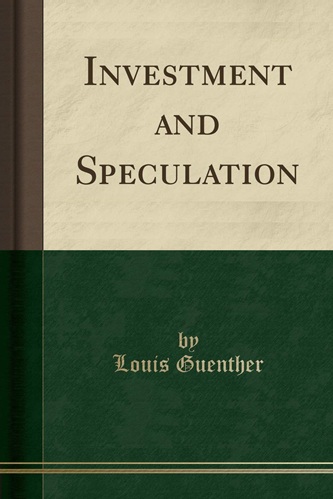


Adrian Padilla (verified owner) –
“The author presents an excellent description…. It is a very pleasant read…. the book is worth reading to anyone interested in these matters.
Aliyah Dyer (verified owner) –
Econophysics a relative, new and exciting field often (and justifiably?) suffers from bad press, as this definition taken from […] points out:
“It is the application of the principles of mathematical physics to the study of financial markets. Experts are beginning to discover that the world economy behaves like a collection of electrons or a group of water molecules that interact with each other. With new tools of statistical analysis, like the recent breakthroughs in understanding chaotic systems, it is beginning to be possible to make sense of these hugely complicated systems (one year of the world’s financial markets produces about 24 CD-ROMs’ worth of data, so there’s no shortage of material to number-crunch). As a result, specialists are addressing a variety of questions that are difficult or impossible to understand using conventional economic principles: Is the market random, or is there any underlying order? In particular, are there any long-term trends that can be foretold? Are financial crashes inevitable? Someone who is an expert in this arcane field is an econophysicist.”
Here in lies its weakness, eoconphysics is percieved not only as mathematically, but also as conceptually non intutive and difficult for anyone but the the seasoned physicsist or mathematician who has had years of prior experience in statistics and mathematical physics in order to grasp both the qualitative and quantative flavor of the burgeoning filed!
Perhaps this was true until the advent of books like this, it is simple, straightforward approach not only captures the essence of the field but also provides useful history on the evolution of the field as a new sub discipline.
The text is remarkably readable and is accessible not only to graduate and undergraduate students in Physics and Economics but perhaps even to a good high school student with a working knowledge of statistics and calculus, with its focus on comparative empirical studies and the construction of models that reflect data as opposed to theory.
Each chapter presents plenty of data and the author at each step explains not only economically but also physically what is occurring as he builds his models and explains his methods of analysis.
This is an excellent self contained book and a joy to read.
Maggie Salgado (verified owner) –
This book is very technical and has good information, but it is not up to date as it was written in 2002.